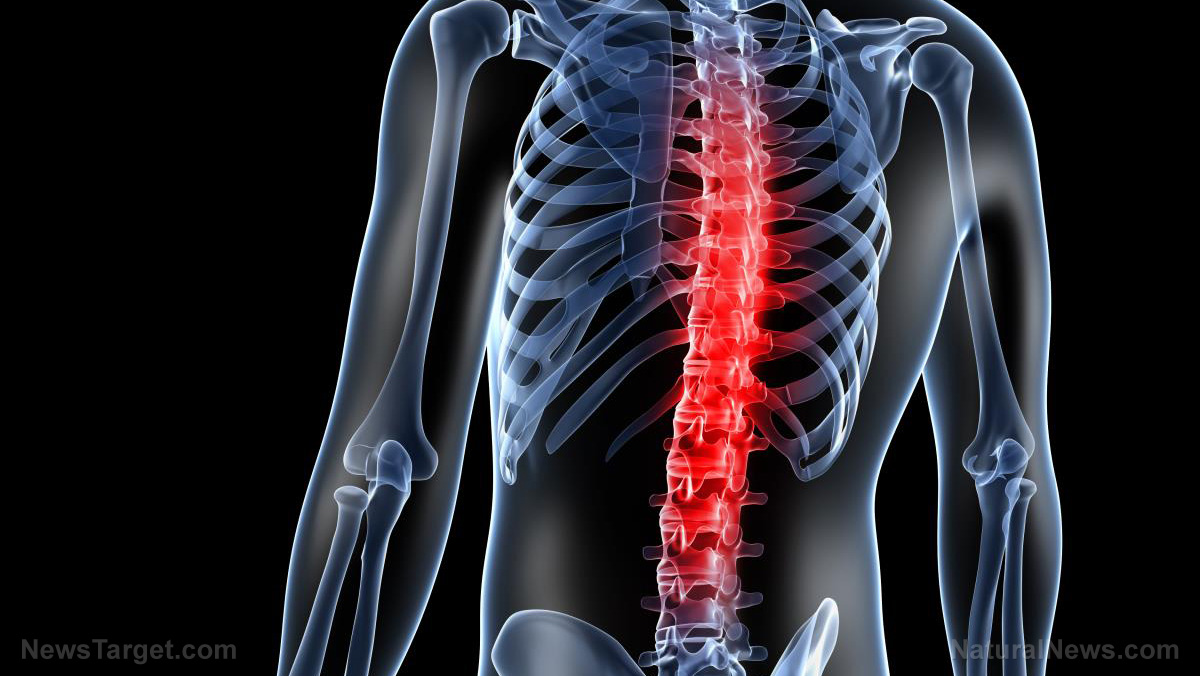
Researchers at the Sahlgrenska Academy in Sweden used a novel approach to studying the bone biopsies taken from eight patients who had been taking bisphosphonates, a popular drug prescribed for the prevention of osteoporotic fractures.
Osteoporotic fractures are fractures caused by the condition osteoporosis, which occurs when bones become weak and therefore prone to breakage. It’s a condition that can develop undetected over the course of several years, and many patients will not note any symptoms until a bone breaks, according to the American Academy of Orthopedic Surgeons.
Osteoporotic fractures are most often seen in the spine, affecting around 700,000 patients every year. This type of fracture can also be seen in wrists and hips, although these are less common than the spinal variety.
It turns out that the bisphosphonates that many doctors give for this condition cause an undesirable mineralization in bone cells. Using advanced nanoanalytical electron microscopy, the researchers were able to analyze the crystals that formed in patients’ bone cavities after normal cells die off. They found a type of mineralization that is not seen in bone tissue taken from healthy controls, where ordinary bone mineral is the norm.
These abnormal crystals seen in the bone cavities of those who took the medication are relatively large and hard, and the researchers say they impair the rejuvenation and development of bone tissue. The researchers hope that their findings can be used to help develop better treatment options.
Dangers of bisphosphonates don’t stop there
It makes little sense to take a medication for preventing bone fractures that can actually inhibit the repair of damaged tissue, but that’s not the only reason that people might want to avoid bisphosphonates. A study published by the British Medical Journal found that those taking these drugs had twice the risk of esophageal cancer of those who did not take them.
In that study, Oxford University researchers followed 3,000 individuals aged 60 to 79 who had been taking bisphosphonates such as Fosamax, Boniva and Actonel. Those who filled 10 prescriptions or more for these medications had a remarkably higher risk of throat cancer even after making adjustments for other risk factors like weight, gender and age.
There have also been reports of patients who take these medications developing osteonecrosis of the jaw, which occurs when part of the jawbone essentially dies, causing loose teeth, tooth loss, and exposed jaw bones. Other side effects include heart arrhythmias and abdominal pain.
Vitamin D and calcium for bone health
What can you do if you want to prevent bone loss but would prefer to avoid these disturbing risks? The answer could be as simple as ensuring you get enough calcium and Vitamin D. One study that involved more than 70,000 people showed that taking the two nutrients together prevented fractures without side effects in people of all ages and genders, including those with a history of bone fractures.
As the most abundant mineral in bones, calcium provides them with strength. Vitamin D helps your body absorb the calcium properly and helps with bone mineralization and remodeling. When you take vitamin D with calcium, they work together to help improve your bone mineral density and reduce your risk of fractures.
Be sure to eat calcium-rich foods like spinach, kale, sardines, kefir and yogurt. Spending time outdoors in the sun without sunscreen – anywhere from 10 to 30 minutes a day depending on your skin tone – is all it takes to boost your body’s Vitamin D production. This approach not only lacks the side effects that come with medication, but it also has tremendous benefits that extend far beyond bone health.
Sources include:
Please contact us for more information.






















